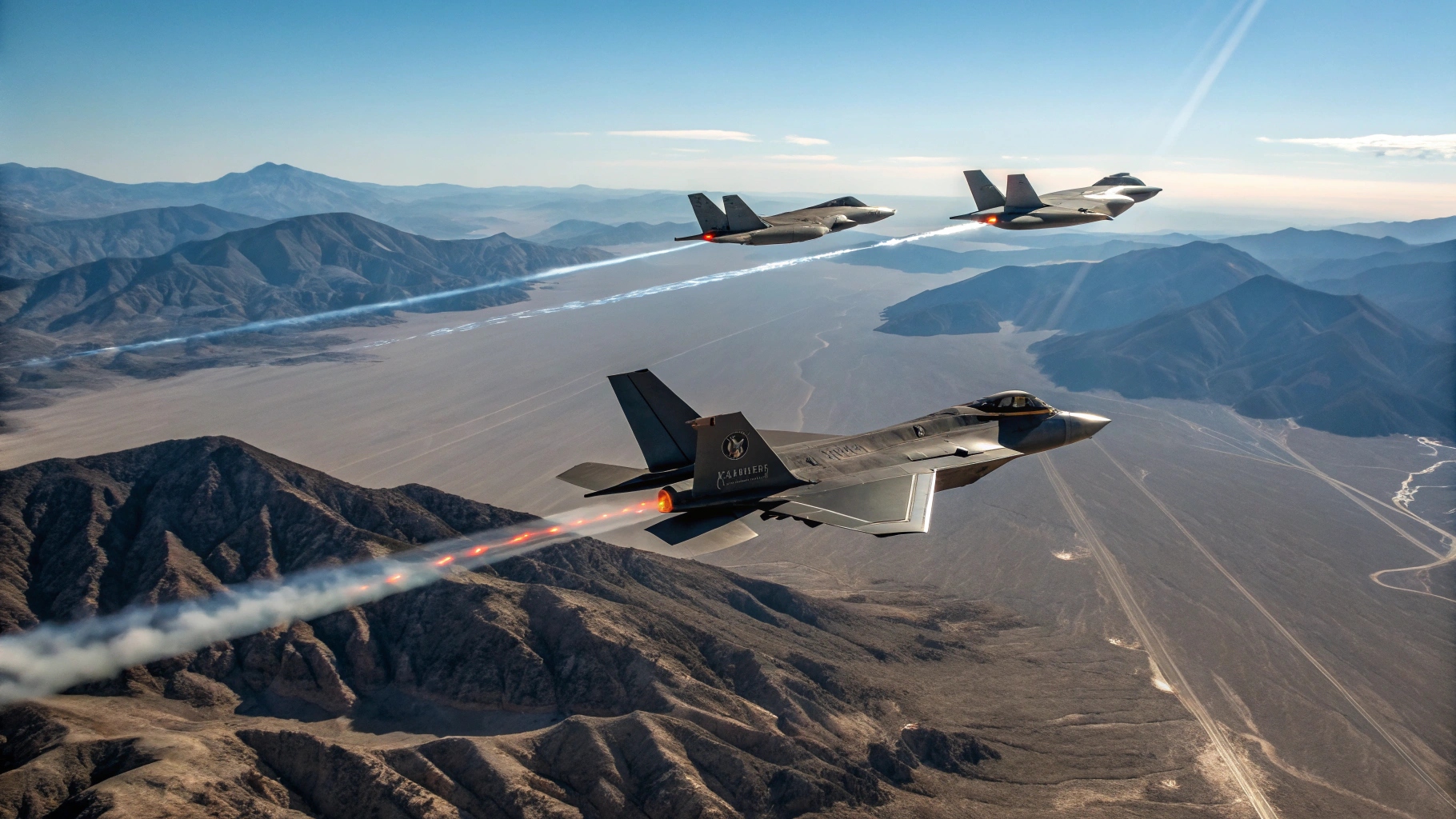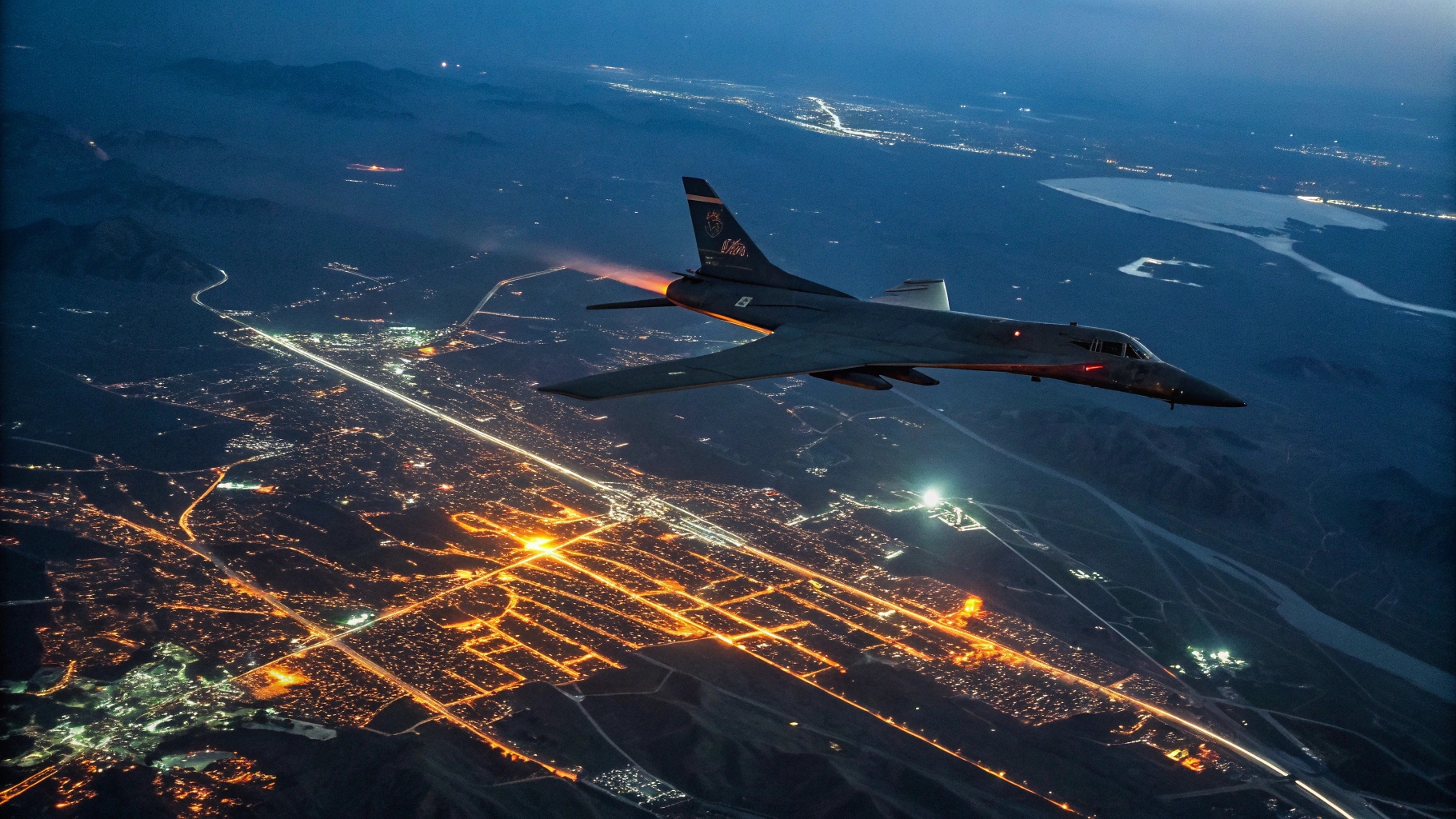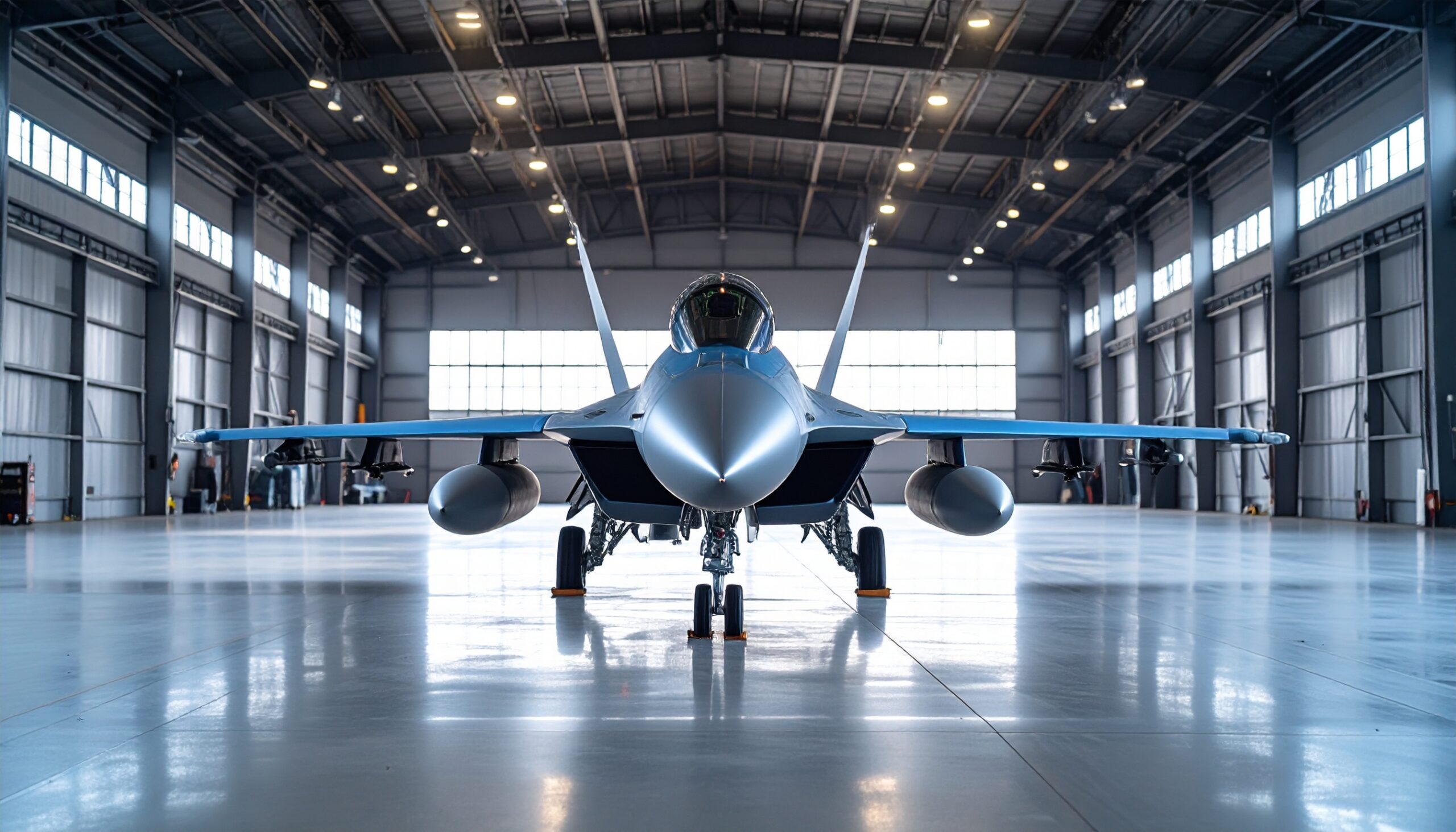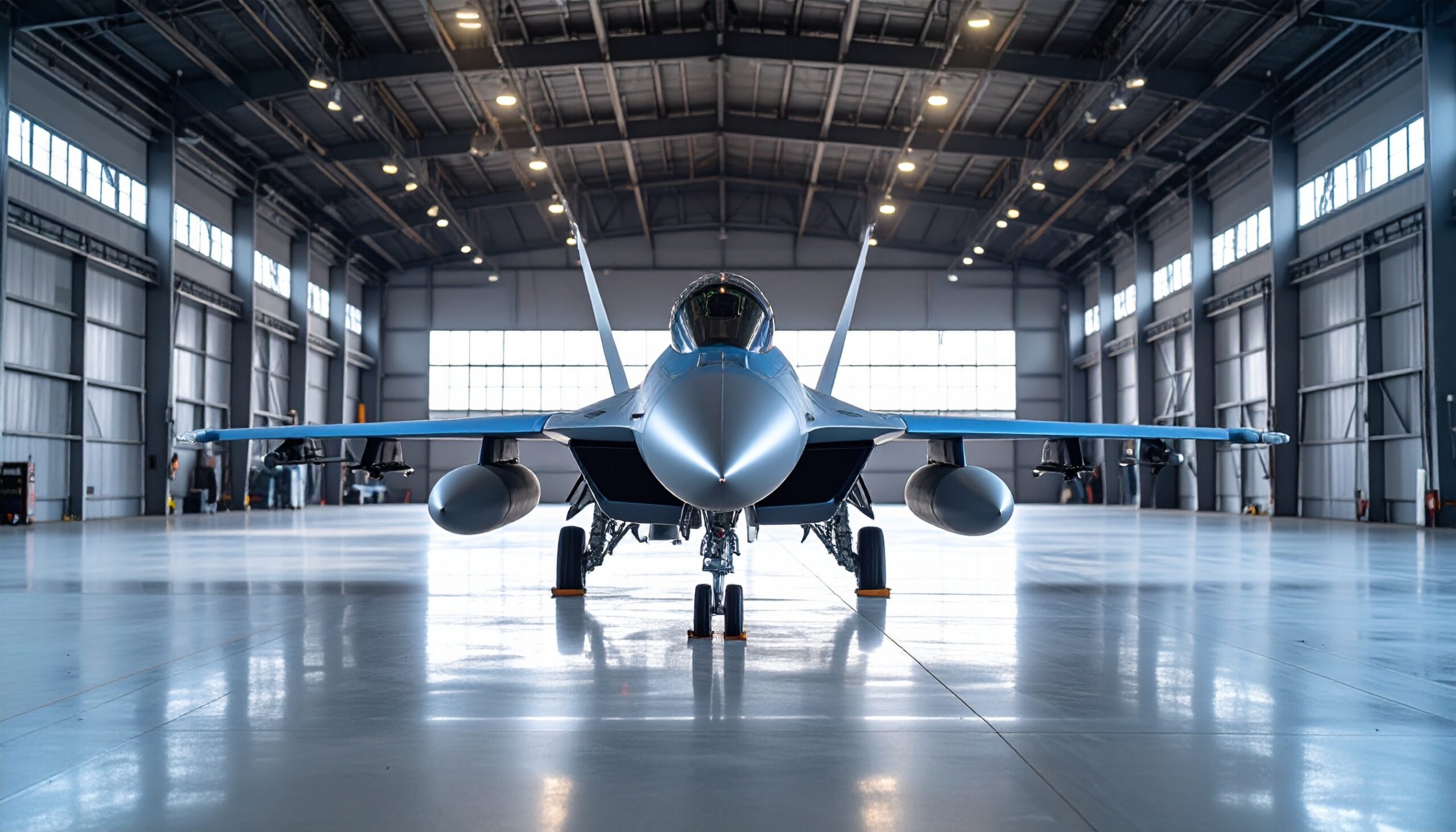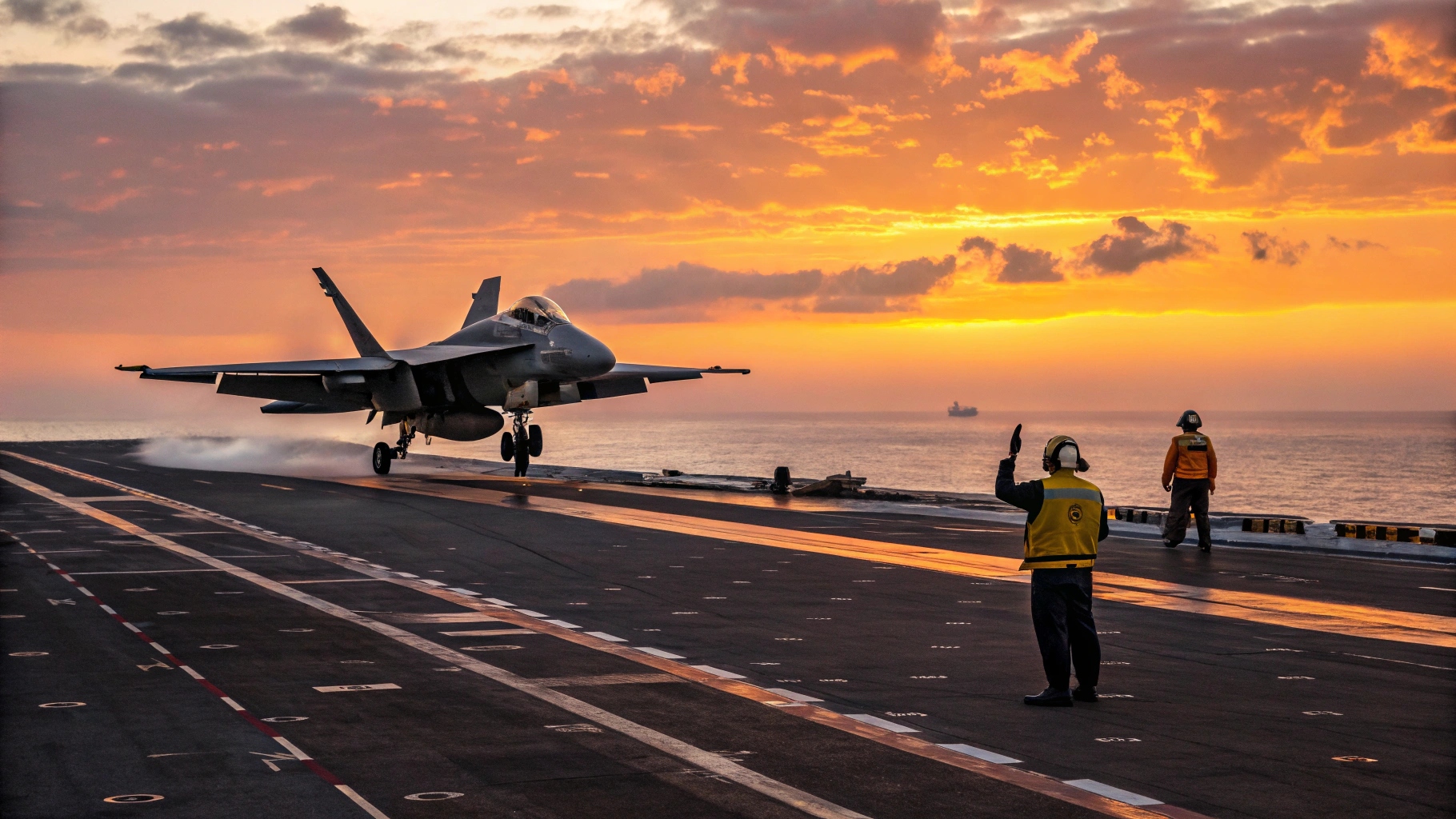
Russia has officially initiated the development of a next-generation multirole helicopter, known as the Mi-80, which is set to replace the longstanding Mi-8/17 fleet, as reported by Russian media outlets.
The Mi-80 will build upon the design principles of the Mi-171A3, but with significant enhancements tailored to meet the demands of modern airspace. The new helicopter will feature advanced rotor blades, upgraded engines, and a contemporary airframe constructed using a combination of metal and lightweight polymer composites. Its structure is expected to provide enhanced durability and agility, with a maximum takeoff weight reaching 14 tons (28,000 pounds).
Additional safety features include impact-resistant fuel tanks and optimized rotor placement, both contributing to improved flight performance and survivability. The helicopter’s fuselage will also be reinforced to support multirole operations in a wide variety of environments.
To control costs, manufacturing will largely rely on existing infrastructure, with production led by the Kazan Helicopter Plant and the Ulan-Ude Aviation Plant—developers of the Mi-8/17 series.
The Mi-80 remains in the technical specification stage as Russia continues to resolve financial hurdles necessary to initiate full-scale development. Once funding is secured, the program is anticipated to take five years to complete.
Currently, Russia’s air force operates more than 700 Mi-8/17 helicopters, with an estimated 800 additional units in use by other military services and civilian agencies. Globally, around 3,000 of these helicopters remain in operation, highlighting the need for a capable and modern successor.


